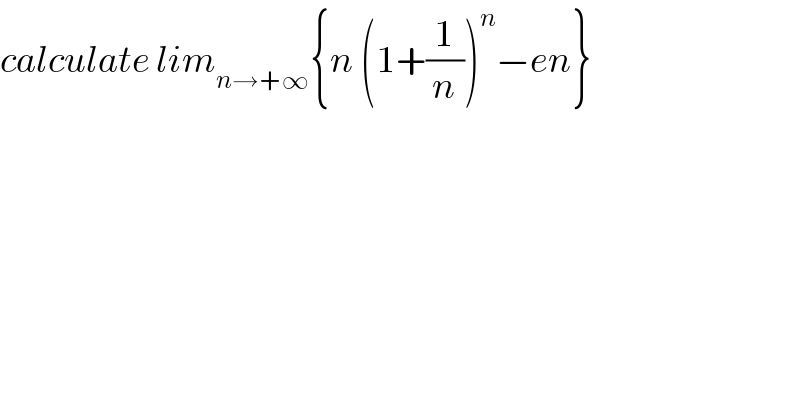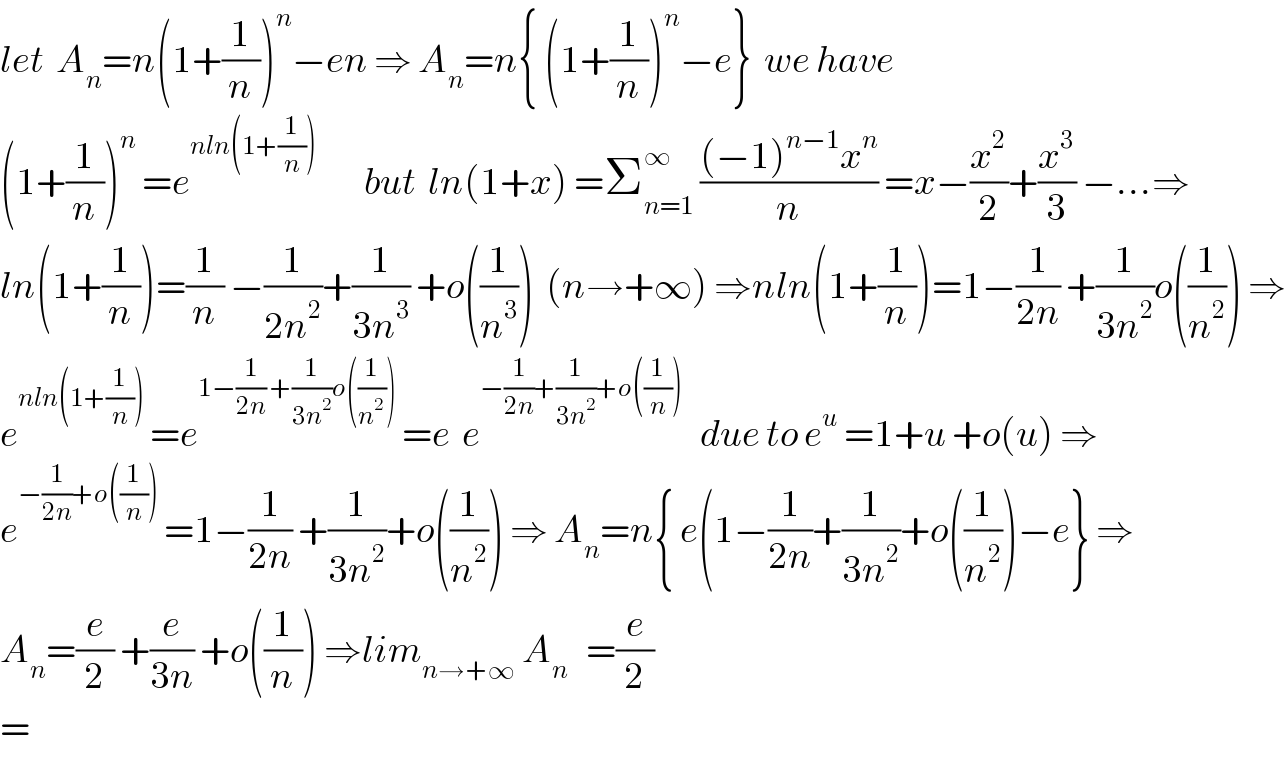
Question and Answers Forum
Previous in Relation and Functions Next in Relation and Functions
Question Number 63215 by mathmax by abdo last updated on 30/Jun/19

Commented by mathmax by abdo last updated on 01/Jul/19

| ||
Question and Answers Forum | ||
Previous in Relation and Functions Next in Relation and Functions | ||
Question Number 63215 by mathmax by abdo last updated on 30/Jun/19 | ||
 | ||
Commented by mathmax by abdo last updated on 01/Jul/19 | ||
 | ||